Table of content
- Flour: Protein Power Matters
- Hydration: The Balance Between Sticky and Slack
- Fat: The Silent Softener
- Sweeteners and Enzymes
- The “Stretch and Fold” Method
- Controlled Fermentation
- Shaping Without Deflating
- Baking with Steam
- Classic No-Knead Artisan Bread
- Ultra-Soft Milk Bread
- Sourdough No-Knead Bread
- Dense or Gummy Crumb
- Flat or Spreading Loaf
- Thick, Hard Crust
- Sour or Bitter Flavor
Baking bread at home often conjures images of laborious kneading, sticky counters, and aching arms. But what if you could achieve a soft, airy loaf without ever touching a rolling pin or dough hook? The no-knead bread revolution has democratized artisan baking, proving that patience and science can replace brute strength. This article delves into the methods, ingredients, and tricks to craft bread so tender it melts in your mouth—all while skipping the kneading step.
The Science Behind No-Knead Bread: Why Less Effort Can Mean More Flavor
Traditional bread-making relies on kneading to develop gluten, the protein network that traps gas bubbles and gives bread its structure. However, no-knead recipes harness two natural processes to achieve the same result: autolyse and fermentation.
- Autolyse: This initial resting period allows flour to fully hydrate, jump-starting enzyme activity that breaks down starches into sugars. These sugars feed yeast and contribute to browning (Maillard reaction) during baking.
- Fermentation: Extended rising times (often 12–24 hours) let wild yeast or commercial yeast slowly produce carbon dioxide. Simultaneously, acids from fermentation strengthen gluten bonds gently, creating a web-like structure without aggressive kneading.
The result? A dough with complex flavor, a crisp crust, and a soft, open crumb—all from minimal hands-on work.
Key Ingredients for Achieving Softness Without Kneading
The right ingredients are non-negotiable for no-knead success. Here’s how to pick them:
Flour: Protein Power Matters
- Bread flour (11.7–13.5% protein) is ideal. Its high gluten content ensures a strong yet tender crumb.
- All-purpose flour works but may yield a slightly denser texture. For whole-grain loaves, combine it with bread flour to avoid heaviness.
- Vital wheat gluten: Add 1–2 tsp per cup of all-purpose flour to boost elasticity in low-protein flours.
Hydration: The Balance Between Sticky and Slack
- Aim for 70–80% hydration (e.g., 700g water for 1000g flour). High moisture softens the crumb and aids gluten development.
- Use filtered water to avoid chlorine, which can inhibit yeast.
Fat: The Silent Softener
- Olive oil, butter, or milk add richness and tenderize the crumb. Replace 5–10% of the water with fat (e.g., 50g butter for 500g flour).
- Eggs: Whisk one into the dough for a cake-like texture (common in brioche-style no-knead recipes).
Sweeteners and Enzymes
- A pinch of sugar or honey feeds yeast and enhances browning.
- Malted barley flour or diastatic malt powder (1 tsp per loaf) accelerates starch breakdown, improving rise and softness.
Essential Techniques for No-Knead Mastery
The “Stretch and Fold” Method
While no-knead dough requires minimal handling, a few gentle folds during fermentation align gluten strands:
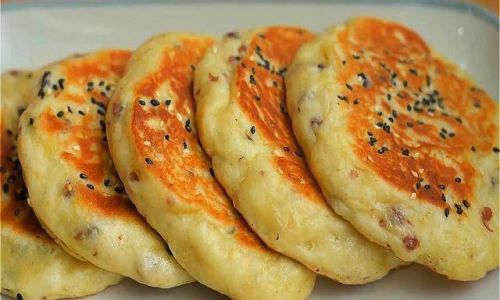
- After the autolyse (30-minute rest), wet your hands and lift the dough from one side, stretching it upward, then folding it over itself.
- Repeat 4–6 times, rotating the bowl. Do this 3–4 times at 30-minute intervals during the first 2 hours of fermentation.
Controlled Fermentation
- Temperature: Ideal proofing occurs at 75–78°F (24–26°C). Use your oven’s “proof” setting or a microwave with a steaming cup of water.
- Time: Let the dough rise until doubled (8–12 hours for room-temperature fermentation, or overnight in the fridge).
Shaping Without Deflating
- Dust your work surface generously with flour.
- Use a dough scraper to gently coax the dough into a ball, avoiding aggressive pulling.
- Place seam-side up in a proofing basket or lined bowl to support the shape during the final rise.
Baking with Steam
Steam delays crust formation, allowing the loaf to expand fully:
- Preheat a Dutch oven or baking stone at 475°F (246°C) for 1 hour.
- Before loading the dough, toss ice cubes into the hot Dutch oven or spray the oven walls with water.
- Cover the dough for the first 20 minutes to trap moisture, then remove the lid for browning.
No-Knead Bread Recipes for Every Palette
Classic No-Knead Artisan Bread
Ingredients:
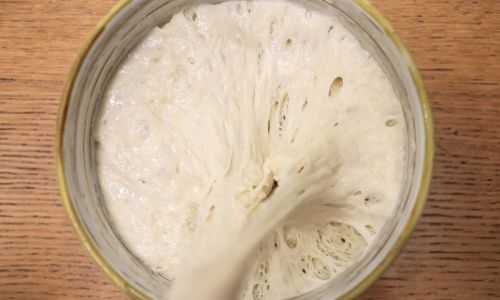
- 500g bread flour
- 16g salt
- 4g instant yeast (or 12g active dry yeast)
- 400g water (75–80°F)
Instructions:
- Mix flour, salt, and yeast in a large bowl. Add water and stir with a spatula until shaggy.
- Cover and rest 30 minutes (autolyse).
- Perform 3–4 stretch-and-folds at 30-minute intervals.
- Bulk ferment 8–12 hours at room temp or overnight in the fridge.
- Shape into a boule, proof 1–2 hours, and bake in a preheated Dutch oven at 475°F for 30 minutes covered, then 15–20 minutes uncovered.
Ultra-Soft Milk Bread
Ingredients:
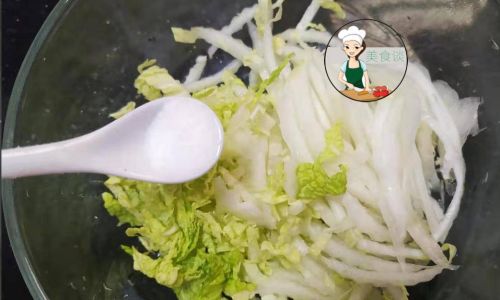
- 400g bread flour
- 100g all-purpose flour
- 50g sugar
- 10g instant yeast
- 10g salt
- 1 egg
- 240g whole milk (warm)
- 50g unsalted butter (melted)
Instructions:
- Whisk dry ingredients. Add egg, milk, and butter. Mix until shaggy.
- Stretch-and-fold every 30 minutes for 2 hours.
- Bulk ferment 4–6 hours.
- Divide into rolls or a loaf pan, proof 1 hour, and bake at 350°F (175°C) for 25–30 minutes.
Sourdough No-Knead Bread
Ingredients:
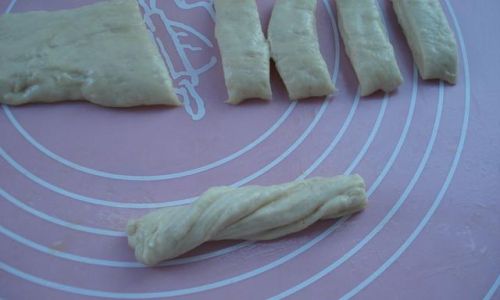
- 400g bread flour
- 100g whole wheat flour
- 150g active sourdough starter
- 10g salt
- 350g water
Instructions:
- Mix all ingredients. Stretch-and-fold every hour for 4 hours.
- Bulk ferment 8–12 hours.
- Shape and proof 2–3 hours.
- Bake in a Dutch oven at 450°F (232°C) for 20 minutes covered, then 20 minutes uncovered.
Troubleshooting Common Issues
Dense or Gummy Crumb
- Cause: Underproofing or low hydration.
- Fix: Extend fermentation time or increase water by 2–3%.
Flat or Spreading Loaf
- Cause: Overproofing or weak gluten.
- Fix: Reduce yeast quantity or use bread flour. For sourdough, shorten the bulk ferment.
Thick, Hard Crust
- Cause: Insufficient steam or overbaking.
- Fix: Use a Dutch oven or add a tray of ice cubes during baking. Reduce oven temp by 25°F after the initial steam phase.
Sour or Bitter Flavor
- Cause: Over-fermented dough (common in sourdough).
- Fix: Shorten the bulk ferment or reduce the starter ratio.
Conclusion: The Joy of Slow Baking
No-knead bread is a testament to the power of patience and simplicity. By embracing long fermentation, smart ingredient choices, and a few key techniques, you can produce loaves that rival bakery-quality results—all while preserving your energy for savoring the final product. Whether you prefer a rustic boule, a pillowy milk roll, or a tangy sourdough, the no-knead method invites you to slow down, experiment, and relish the magic of transformation happening in your kitchen.
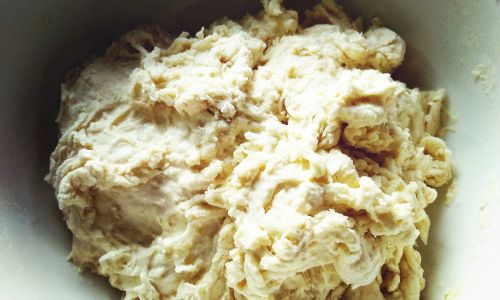
So ditch the dough hook, set a timer, and let time and yeast do the heavy lifting. Your future self—and your taste buds—will thank you.

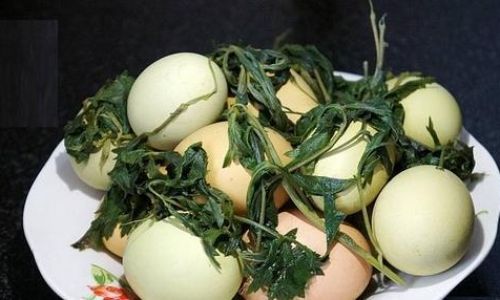




0 comments